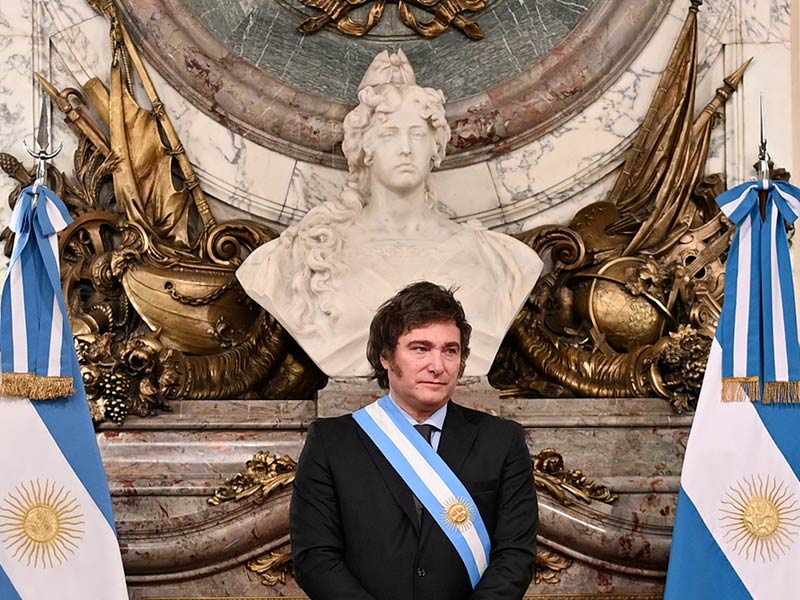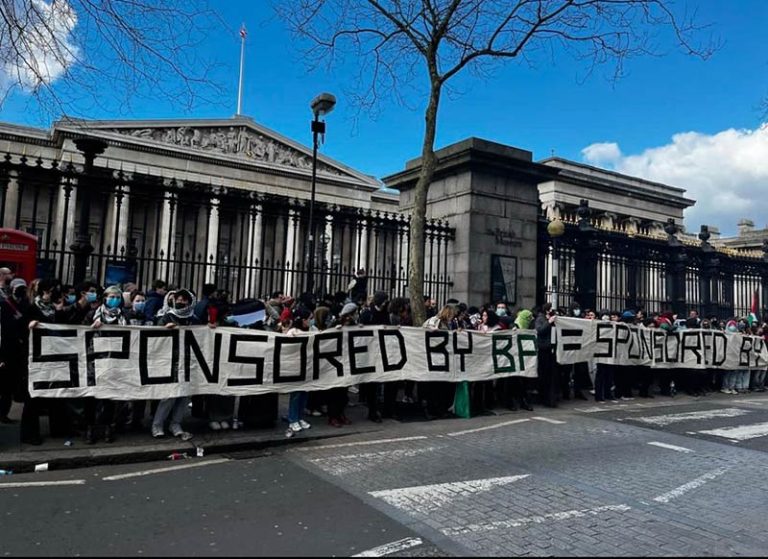Buenos Aires. It is the end of Peronist pride, that of access to culture for all. Liliana Barela, undersecretary of heritage, announced on February 28, in an interview with the daily newspaper The Nationa series of reforms concerning the 26 national museums (Argentina also has a thousand museums belonging to the Provinces), including the end of their free admission. “There will be differentiated prices between foreigners and residents, and a free day for everyone, as is the case in the rest of the world. What we need is that the money raised today in museums can be used to meet the urgent needs of each museum,” she asserted. Andrés Duprat, current director of the Buenos Aires Museum of Fine Arts, commented on this decision: “Many foreigners are surprised that entry is free. The income from this activity will contribute to the conservation and acquisition of the works, as well as to the equipment and improvement of the building, since it is difficult to maintain quality, infrastructure and security of a museum. »
The government is careful not to estimate the amount of new revenue linked to the introduction of paid ticketing, especially in a country where the monthly inflation rate is in double digits. In 2022, 2.5 million visitors entered national museums. But if we estimate that 500,000 visitors (tourists and locals) agree to pay the equivalent of 2 euros (or 1,900 pesos), this would represent 1 billion pesos, compared to the 5 billion pesos of the federal budget allocated to national museums , or 16%.
Suspension of all heritage projects
No timetable has yet been announced, but the government's desire is clear: to drastically reduce public spending. Beyond the entry fee for national museums, all work related to historical heritage has been suspended until further notice, and cultural establishments have been invited to seek private funds. “No hay plata” (“There is no money”) was the slogan of Argentina's ultraliberal president, Javier Milei, during his presidential campaign. “The era of the welfare state is over,” he recently declared during a television appearance. The time for austerity policy has indeed come to put an end to the abysmal debts of Argentina, a country whose endemic inflation has reached more than 211% in 2023. From Work to Health via Education, all public spending is about to be cut with the chainsaw, emblem of the far-right candidate, and Culture is not left out.
The presentation in January of the so-called “omnibus” law proposed a real shock therapy composed of more than 664 articles to reform all aspects. As the project was far from unanimous, a second version had to be presented in which certain articles were deleted, including those which announced the closure of the National Arts Fund and the National Theater Institute. If certain institutions are spared, Incaa, the National Institute of Cinema and Audiovisual Arts (of which 231 employees were made redundant) is undergoing a profound internal reorganization and a reduction in allocated budgets.
In the national museums, nine new directors were appointed (without prior competition as is customary) and nine of the ten people on the National Commission for Historical Monuments were replaced. The austerity policy of the Culture Secretariat, which now depends on the “Ministry of Human Capital” (bringing together family, education, work and the civil service), has led to the dismissal of more than 600 people, according to the secretary. general of the ATE union, Nicolás Rodríguez Saá. Voluntary retirement plan and non-renewal of contracts are on the agenda. On March 26, during the International Economic Forum of the Americas, Javier Milei boasted of having laid off more than 50,000 civil servants before announcing more than 70,000 additional layoffs.







